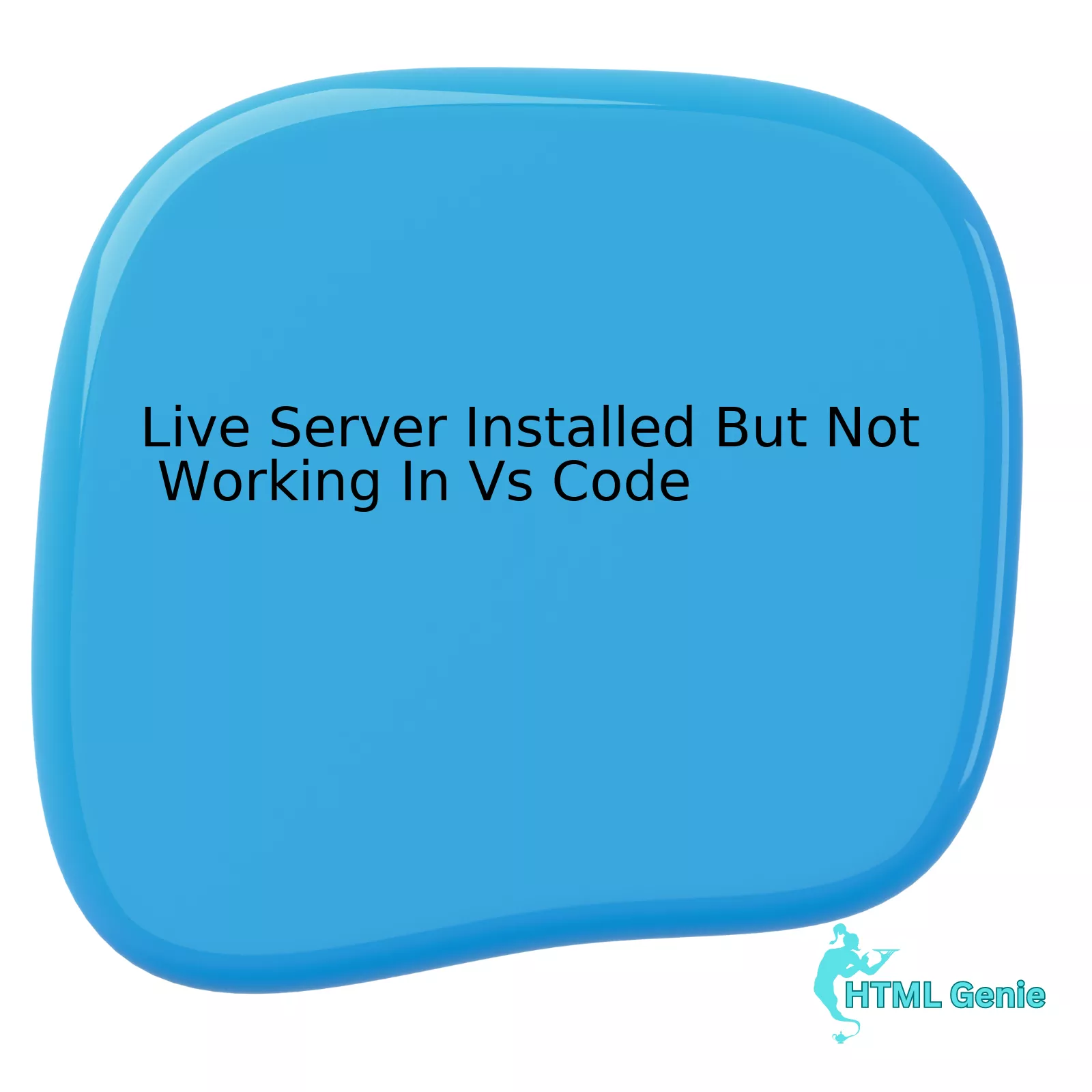Embarking on the journey of modern web development can feel like setting sail on a vast, open ocean. The currents are the ever-evolving standards, the winds are the new frameworks and technologies, and your destination is a beautifully crafted, functional, and accessible user experience. In this comprehensive guide, we’ll navigate these waters together. We will chart a course through the foundational principles of web design and frontend development by building a conceptual landing page for “Salty Capes,” a fictional sea adventure company. This project will serve as our vessel to explore the essential synergy between HTML structure and CSS styling.
This deep-dive HTML CSS Tutorial is designed for both aspiring and intermediate developers looking to solidify their understanding of core web technologies. We will move beyond basic theory and apply our knowledge to a practical example, covering everything from crafting a solid HTML Structure with Semantic HTML to implementing sophisticated Page Layout techniques using CSS Flexbox and CSS Grid. We will also ensure our creation is seaworthy on all devices by mastering Responsive Design. Prepare to hoist the sails and delve into the world of modern Frontend Web development, where code and creativity converge to build the digital experiences of tomorrow.
The Blueprint: Structuring with Semantic HTML
Before a single drop of paint is applied, a ship needs a solid blueprint. In web development, that blueprint is HTML (HyperText Markup Language). However, not all HTML is created equal. The evolution to HTML5 brought a powerful emphasis on semantics—using HTML tags that describe the meaning and purpose of the content they contain. This practice of using Semantic HTML is a cornerstone of modern Web Standards and is crucial for two primary reasons: accessibility and SEO.
Search engines and assistive technologies (like screen readers for visually impaired users) rely on the structure of your document to understand its content. Using a generic <div> for everything is like building a ship with unlabeled, identical crates. Using semantic HTML Elements like <header>, <nav>, <main>, and <footer> provides clear, universally understood labels. This improves your site’s ranking and ensures a better experience for all users, a key principle of Web Accessibility.
Crafting the “Salty Capes” HTML Template
Let’s lay the keel for our “Salty Capes” landing page. A typical HTML Template for a single page will have a clear, logical flow. This structure not only helps browsers and bots but also makes your code more readable and maintainable for you and other developers.
Here is a foundational structure using key HTML5 Features:
<!DOCTYPE html>
<html lang="en">
<head>
<meta charset="UTF-8">
<meta name="viewport" content="width=device-width, initial-scale=1.0">
<title>Salty Capes - Ocean Adventures</title>
<link rel="stylesheet" href="style.css">
</head>
<body>
<header>
<h1>Salty Capes</h1>
<nav>
<ul>
<li><a href="#tours">Tours</a></li>
<li><a href="#about">About Us</a></li>
<li><a href="#contact">Contact</a></li>
</ul>
</nav>
</header>
<main>
<section id="hero">
<h2>Discover the Uncharted</h2>
<p>Your next great sea adventure awaits.</p>
</section>
<section id="tours">
<h2>Our Signature Tours</h2>
<!-- Tour content will go here -->
</section>
<section id="contact">
<h2>Book Your Voyage</h2>
<!-- HTML Forms will be used here -->
</section>
</main>
<footer>
<p>© 2024 Salty Capes. All rights reserved.</p>
</footer>
</body>
</html>In this structure, we’ve clearly defined the header, main content area, and footer. Within <main>, we use <section> tags to group related content. This is a fundamental HTML Best Practice that creates a clean and understandable document outline.
Well-structured, semantic HTML is the unshakeable foundation upon which great web design and robust accessibility are built.
We also include important HTML Attributes like lang="en" on the <html> tag for accessibility and the viewport meta tag for controlling the Page Layout on mobile devices—a critical first step in Mobile-First Design.
From Structure to Style: Mastering Modern CSS
With our HTML blueprint in place, it’s time to bring the “Salty Capes” website to life with CSS (Cascading Style Sheets). CSS is the language we use to control the visual presentation of our HTML, from colors and fonts to complex Web Layout. The evolution of CSS3 Features has given developers incredibly powerful tools to create dynamic and responsive designs.
Modern Layouts with CSS Flexbox and Grid
For decades, developers relied on hacks like floats and tables for page layout. Today, we have two purpose-built layout modules: CSS Flexbox and CSS Grid. Understanding when to use each is key to effective CSS Styling.
- CSS Flexbox (Flexible Box Layout): Best for one-dimensional layouts—arranging items in a single row or a single column. It excels at distributing space along one axis. It’s perfect for components like our navigation bar.
- CSS Grid: Best for two-dimensional layouts—arranging items in both rows and columns simultaneously. It’s the ideal tool for the overall Grid Layout of a page or for complex components like an image gallery.
Let’s apply a Flexbox Layout to our header’s navigation to space the elements neatly:
/* In style.css */
header {
display: flex;
justify-content: space-between; /* Pushes h1 and nav to opposite ends */
align-items: center; /* Vertically aligns items */
padding: 1rem 2rem;
background-color: #0a2e36;
color: #ffffff;
}
header nav ul {
display: flex;
list-style: none;
gap: 2rem; /* Creates space between flex items */
}For our “Signature Tours” section, a Grid Layout is perfect for creating a card-based design:
#tours .tour-container {
display: grid;
grid-template-columns: repeat(auto-fit, minmax(300px, 1fr));
gap: 2rem;
}
.tour-card {
border: 1px solid #ccc;
padding: 1.5rem;
text-align: center;
}This powerful line, repeat(auto-fit, minmax(300px, 1fr)), is a cornerstone of Modern CSS. It tells the browser to create as many columns as can fit, with each column being at least 300px wide and expanding equally to fill any remaining space. This single line makes the grid inherently responsive without needing a media query.
The Power of CSS Variables and Transitions
To make our design system more maintainable, we can use CSS Variables (also known as Custom Properties). This allows us to define reusable values, like brand colors, in one place.
:root {
--primary-color: #0a2e36;
--secondary-color: #f2a154;
--text-color: #333;
}
body {
color: var(--text-color);
}
header {
background-color: var(--primary-color);
}We can also add subtle interactivity with CSS Transitions to improve the UX Design. Let’s make our navigation links fade smoothly on hover:
header nav a {
color: #ffffff;
text-decoration: none;
transition: color 0.3s ease-in-out;
}
header nav a:hover {
color: var(--secondary-color);
}These seemingly small CSS Tricks and CSS Tips elevate a static design into a more engaging and professional user interface.
Navigating All Waters: Responsive and Mobile-First Design
In today’s multi-device world, a website that doesn’t work well on a phone is a ship that can’t leave the harbor. Responsive Design is the practice of building websites that adapt gracefully to various screen sizes. The most effective strategy for this is Mobile-First Design: designing for the smallest screen first and then progressively enhancing the layout for larger screens.
Practical Implementation with Media Queries
Media queries are the primary tool in our CSS Responsive toolkit. They allow us to apply specific CSS rules only when certain conditions are met, such as the screen width exceeding a certain size.
For our “Salty Capes” site, the mobile view might have a stacked navigation menu (a “hamburger” menu) and single-column tour cards. As the screen gets wider, we can introduce our Flexbox and Grid layouts.
/* Mobile-first styles (default) */
header {
flex-direction: column; /* Stack logo and nav on small screens */
}
#tours .tour-container {
display: block; /* Default to single column */
}
.tour-card {
margin-bottom: 2rem;
}
/* Tablet and larger screens */
@media (min-width: 768px) {
header {
flex-direction: row; /* Switch to horizontal layout */
justify-content: space-between;
}
#tours .tour-container {
display: grid; /* Activate the grid layout */
grid-template-columns: repeat(auto-fit, minmax(300px, 1fr));
gap: 2rem;
}
}This approach ensures that mobile users get a fast, optimized experience without having to load complex desktop styles. This focus on the user journey across all devices is a critical part of both UI Design and UX Design.
Advanced Tools and Best Practices
As you venture into larger and more complex projects, the tools and methodologies you use become increasingly important. The Web Development ecosystem is rich with tools that can streamline your workflow and enhance your code.
CSS Preprocessors and Frameworks
CSS Preprocessors like SASS and LESS are scripting languages that extend the default capabilities of CSS. They introduce features like variables (before they were native), nesting, and mixins, which help you write more organized and reusable CSS. For example, in SASS, you can nest selectors:
// SASS Example
nav {
ul {
margin: 0;
padding: 0;
list-style: none;
}
li { display: inline-block; }
}On the other hand, a CSS Framework like Bootstrap, Foundation, or the utility-first Tailwind CSS provides a pre-built collection of components and styles. They are excellent for rapid prototyping and ensuring consistency. The trade-off can sometimes be less unique designs or “code bloat” if not managed carefully. Choosing between writing custom CSS, using a preprocessor, or adopting a framework depends entirely on the project’s scale, timeline, and specific needs.
A Note on Accessibility (A11y)
Throughout your development process, never lose sight of Accessibility. This means designing and building websites that can be used by everyone, regardless of their abilities. Simple practices make a huge difference:
- Use semantic HTML correctly.
- Ensure all images have descriptive
alttext. - Use sufficient color contrast.
- Ensure interactive elements are keyboard-navigable.
- Use ARIA Labels (Accessible Rich Internet Applications) to provide extra information to screen readers where necessary.
Adhering to W3C Standards and accessibility guidelines isn’t just a best practice; it’s a responsibility that leads to better products for all users.
Conclusion: Your Voyage Ahead
Our journey in crafting the “Salty Capes” landing page has taken us from the foundational bedrock of Semantic HTML to the powerful and dynamic world of Modern CSS. We’ve seen how a well-defined HTML Structure provides meaning and accessibility, and how tools like CSS Flexbox and CSS Grid allow for the creation of sophisticated, responsive layouts that were once incredibly difficult to achieve. By embracing a Mobile-First Design philosophy, we ensure our creations are ready for the diverse landscape of modern devices.
The world of Frontend Development is a constantly moving tide. Technologies evolve, new techniques emerge, and best practices are refined. The key to being a successful developer is a commitment to continuous learning and a passion for craftsmanship. By mastering these fundamental principles of HTML and CSS, you have built a sturdy vessel, ready to navigate the exciting and ever-changing seas of web development. The horizon is full of possibilities—happy coding.





